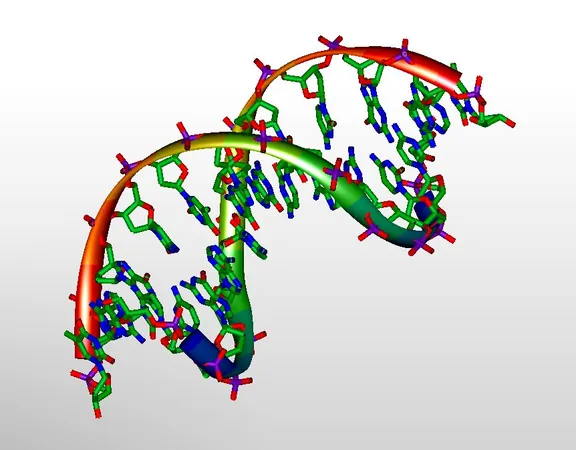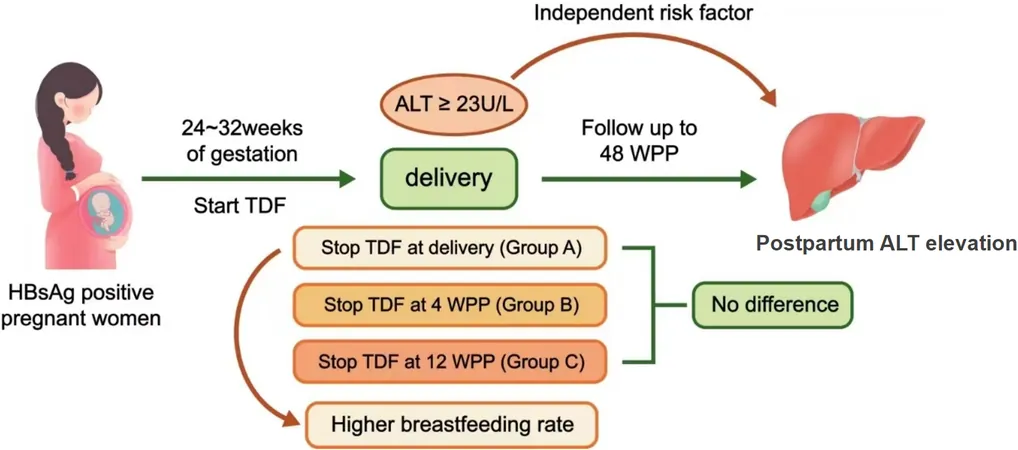
Unlocking the Mysteries of the Human Brain: Groundbreaking Genes Linked to Evolution and Language Disorders!
2025-07-21
Author: Noah
What truly sets the human brain apart from others? A revolutionary study published in *Cell* has unveiled two crucial genes tied to unique human brain characteristics, paving the way for further discoveries that could unravel the mysteries of brain evolution and the origins of language disorders and autism.
The newly identified genes reside in the elusive "dark matter" of our DNA—regions packed with duplicated or repetitive sequences that have long evaded thorough investigation.
Imagine piecing together a book from jumbled pages: reconstructing DNA from these repeats is akin to matching text using only common words like "and" and "the." This complexity opens the door to numerous mismatches and overlaps, making the task daunting.
Nevertheless, these DNA repeats are invaluable for evolution as they can spawn new gene versions, offering fresh material for natural selection.
"This has historically been quite the conundrum. Many researchers don't know where to begin," explains Megan Dennis, senior author of the study and associate director of genomics at the UC Davis Genome Center.
In a significant milestone last year, Dennis co-authored a study presenting the complete sequence of a human genome, known as the 'telomere to telomere' reference genome. This groundbreaking resource now includes previously excluded complex regions, enabling new scientific breakthroughs.
Uncovering Human Brain Genes
Using this comprehensive genome map, Dennis and her team sifted through duplicated genes to pinpoint those expressed in the brain, present in all humans—thanks to data from the 1000 Genomes Project—and conserved across individuals. They ultimately identified about 250 candidate gene families.
From this promising pool, they focused on a select few genes for further analysis in zebrafish, an innovative animal model. By manipulating these genes—removing some and incorporating human-duplicated variants—they discovered that two specific genes significantly impacted brain traits: GPR89B was linked to increased brain size, while FRMPD2B influenced synapse signaling.
"It's fascinating to think we can use fish to study traits of the human brain!" Dennis remarked.
The dataset presented in the *Cell* article is designed to be an invaluable resource for the scientific community, simplifying the process of screening duplicated DNA regions for mutations associated with language deficits or autism that traditional genome-wide screenings may have overlooked.
As Dennis puts it, "It opens up new areas for exploration." Prepare for a new era of understanding our brains!









 Brasil (PT)
Brasil (PT)
 Canada (EN)
Canada (EN)
 Chile (ES)
Chile (ES)
 Česko (CS)
Česko (CS)
 대한민국 (KO)
대한민국 (KO)
 España (ES)
España (ES)
 France (FR)
France (FR)
 Hong Kong (EN)
Hong Kong (EN)
 Italia (IT)
Italia (IT)
 日本 (JA)
日本 (JA)
 Magyarország (HU)
Magyarország (HU)
 Norge (NO)
Norge (NO)
 Polska (PL)
Polska (PL)
 Schweiz (DE)
Schweiz (DE)
 Singapore (EN)
Singapore (EN)
 Sverige (SV)
Sverige (SV)
 Suomi (FI)
Suomi (FI)
 Türkiye (TR)
Türkiye (TR)
 الإمارات العربية المتحدة (AR)
الإمارات العربية المتحدة (AR)